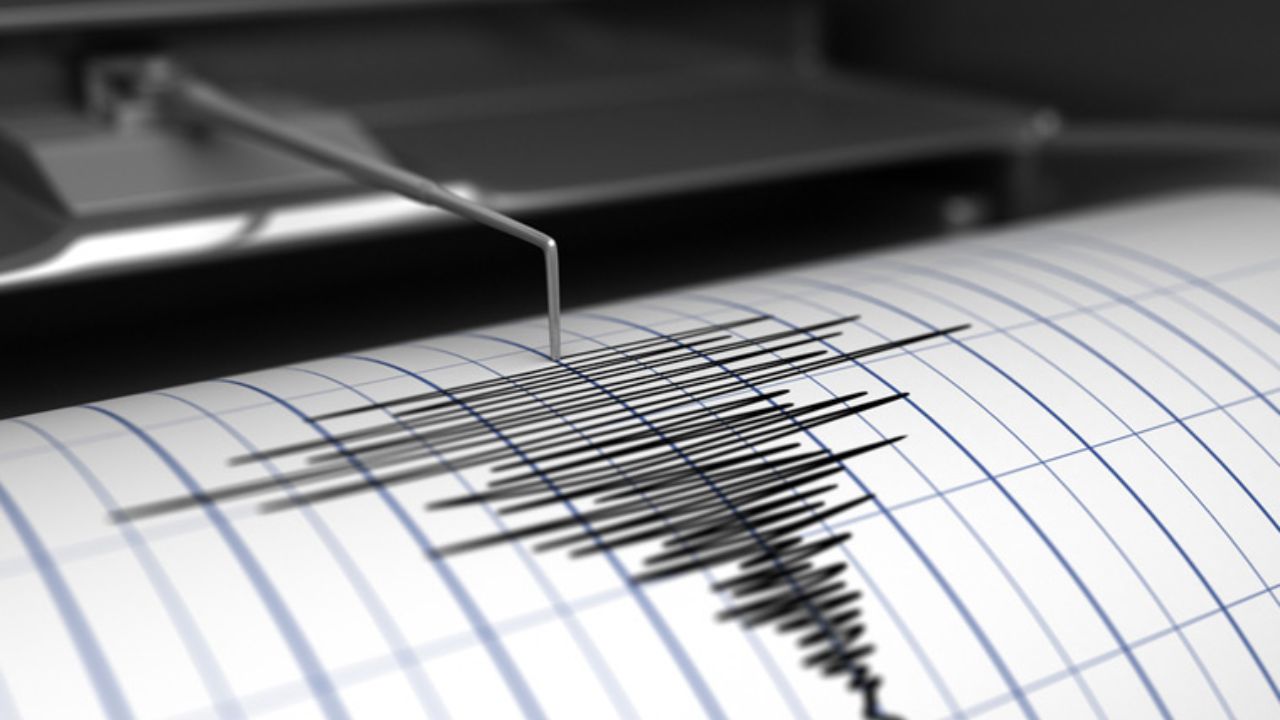Earthquakes are natural phenomena that occur when the Earth’s crust and uppermost mantle move and release energy. They can range from mild tremors to devastating disasters that cause widespread damage and loss of life. The magnitude of an earthquake is measured by the Richter scale, which assigns a number from 1 to 10 based on the amount of energy released.
Kentucky is not a state that is known for its seismic activity, but it has experienced some notable earthquakes in its history. The most powerful one occurred on July 27, 1980, and registered a magnitude of 5.3 on the Richter scale. This earthquake was felt across 15 states and caused some minor damage and injuries in Kentucky and nearby areas. In this article, we will explore the causes, effects, and significance of this rare event.
Causes
The 1980 Kentucky earthquake was caused by the movement of the New Madrid fault zone, which is a complex system of faults that extends from northeastern Arkansas to southern Illinois. The New Madrid fault zone is responsible for some of the largest earthquakes in North America, including the series of quakes that occurred in 1811 and 1812, which were estimated to have magnitudes of 7.5 to 8.0.
The New Madrid fault zone is located within the North American plate, which is slowly moving westward relative to the Eurasian and African plates. This movement creates stress and strain within the plate, which is occasionally released by earthquakes. The 1980 Kentucky earthquake was one of these intraplate earthquakes, which are less frequent and less predictable than interplate earthquakes that occur at the boundaries of tectonic plates.
Effects
The 1980 Kentucky earthquake was felt by about 12 million people in 15 states, from Mississippi to Pennsylvania. The epicenter of the quake was near Sharpsburg, Kentucky, about 45 miles east of Lexington. The intensity of the shaking was strongest in central and eastern Kentucky, where it reached VII (Very strong) on the Modified Mercalli intensity scale, which measures the effects of an earthquake on people and structures.
The earthquake caused some minor damage and injuries in Kentucky and neighboring states. In Sharpsburg, several buildings were cracked and some chimneys collapsed. In Lexington, windows were broken and items fell from shelves. In Cincinnati, Ohio, a woman was injured by falling plaster. In Knoxville, Tennessee, a man was hospitalized after being hit by a falling sign. The earthquake also triggered rockslides, landslides, and liquefaction in some areas.
The earthquake also had some positive effects, such as increasing public awareness and scientific interest in the seismic hazard of the region. The earthquake prompted the installation of more seismometers and the establishment of the Kentucky Geological Survey Seismic Network, which monitors and studies the seismic activity of the state. The earthquake also inspired some educational and outreach programs, such as the Kentucky Earthquake Education Project, which aims to inform and prepare students and teachers for future earthquakes.
Conclusion
The 1980 Kentucky earthquake was the most powerful earthquake ever recorded in the state, and one of the largest intraplate earthquakes in North America. It was caused by the movement of the New Madrid fault zone, which is a major source of seismic risk for the central and eastern United States.
The earthquake was felt by millions of people and caused some minor damage and injuries, but also increased the awareness and knowledge of the seismic potential of the region. The earthquake was a rare and remarkable event that showed that Kentucky is not immune to the forces of nature.

